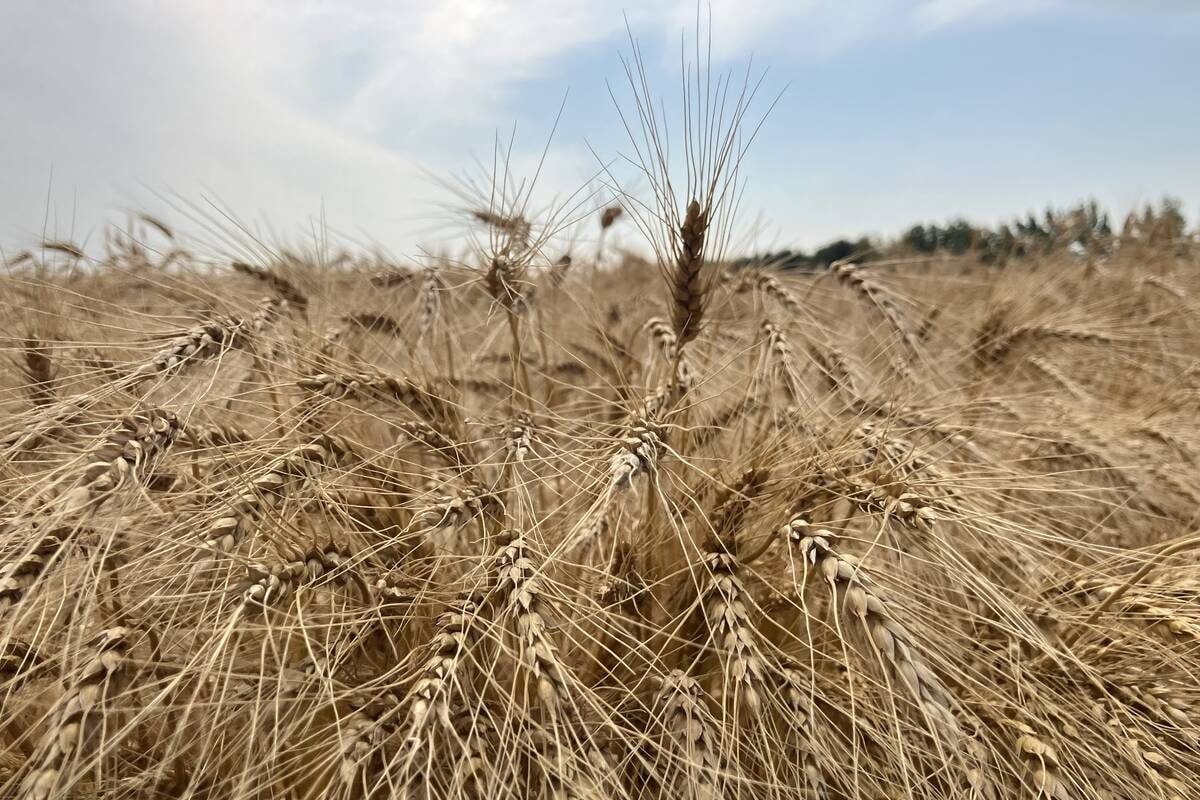Compared to last week, western Canadian yearling markets traded $4 higher to as much as $6 lower. Strength was noted in the eastern Prairie regions while the market was softer in Alberta. Western Canadian calves were extremely volatile, trading $5 higher to as much as $10 lower in some cases. It’s not uncommon for markets to experience this type of price behaviour near historical highs because of the sensitivity to demand.
Barley prices continue to percolate higher. Lethbridge barley is trading in the range of $415-$420 per tonne for January through March. The costs per pound gain are significantly higher than last month. Corn silage season is in full swing in southern Alberta and all hands on deck are busy. This may have tempered buying interest in the short term because processing cattle at this time is a strain on labour. The Canadian dollar appears to have found support in the short term while deferred live cattle futures remain under pressure. All these factors are contributing to the volatile price action from week to week.
Read Also

Prairie Wheat Weekly: Prices rise as harvest ends
Despite weaker U.S. futures, Western Canadian wheat prices increased during the week ended Oct. 9, 2025.
In central Alberta, large-frame Angus-blended steers straight off pasture with full health data weighing 900 lbs. dropped the gavel at $240. North of Red Deer, larger-frame black heifers off grass with full vaccinations weighing 945 lbs. reportedly traded hands at $212. In southern Alberta, medium- to larger-frame yearling tan steers weighing 815 lbs. were quoted at $236 and mixed larger-frame heifers averaging a shade over 800 lbs. were valued at $225. Northwest of Winnipeg, Charolais steers weighing 970 lbs. charted the board at $224 and black heifers running through the ring at 830 lbs. silenced the crowd at $220.
In central Saskatchewan, Simmental-based steers on grass diet weighing 710 lbs. reached up to $264 and black heifers weighing 711 lbs. traded for $232. At Ste. Rose, Man., black steers weighing 630 lbs. were bid up to $269 and red steers weighing 644 lbs. reached $271.
East of Edmonton, tan steers weighing just over 500 lbs. touched the psychological $300 level. In southwestern Saskatchewan, mixed steers weighing 535 lbs. were valued at $295. North of Calgary, a handful of black steer calves weighing 525 lbs. were quoted at $276 and 550-lb. heifers dropped the gavel at $230.
Beef demand has held up better than expected over the past month. However, buyers of lighter calves are concerned that beef demand will soften eight to 10 months forward due to rising interest rates, historical high inflation and exorbitant energy costs. Feeder cattle futures are under pressure due to drought in the U.S. southern Plains. Feeder cattle grazing on small-grain pasture will be down from past years. U.S. feeder cattle supplies are not as tight as earlier anticipated.
— Jerry Klassen is president and founder of Resilient Capital, specializing in proprietary commodity futures trading and market analysis. Jerry consults with feedlots on risk management and writes a weekly cattle market commentary. He can be reached at 204-504-8339 or via his website at ResilCapital.com.
















